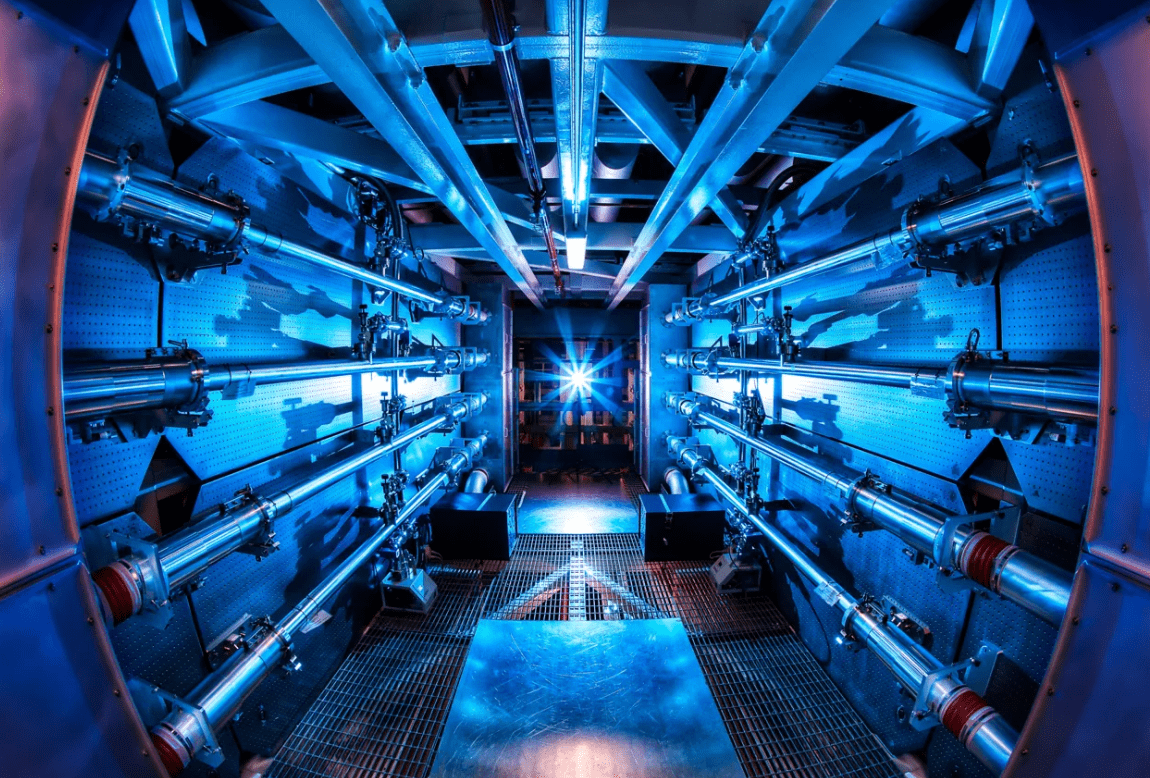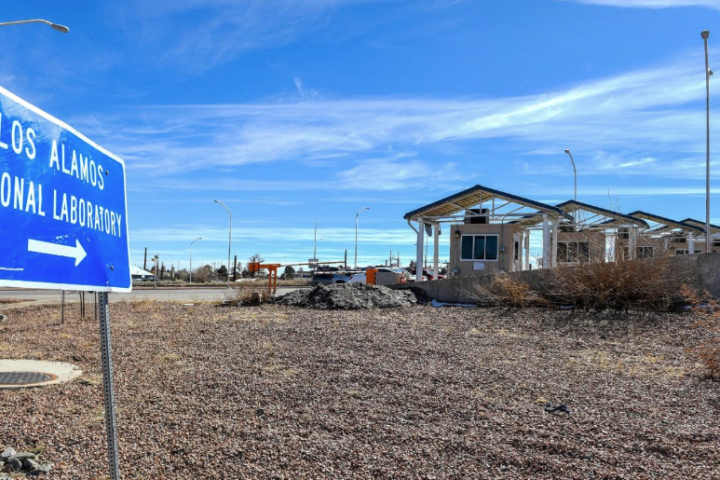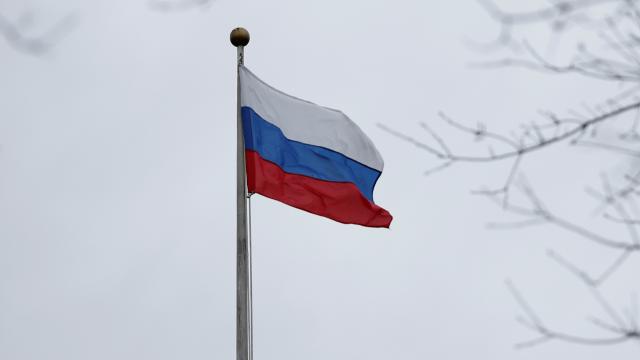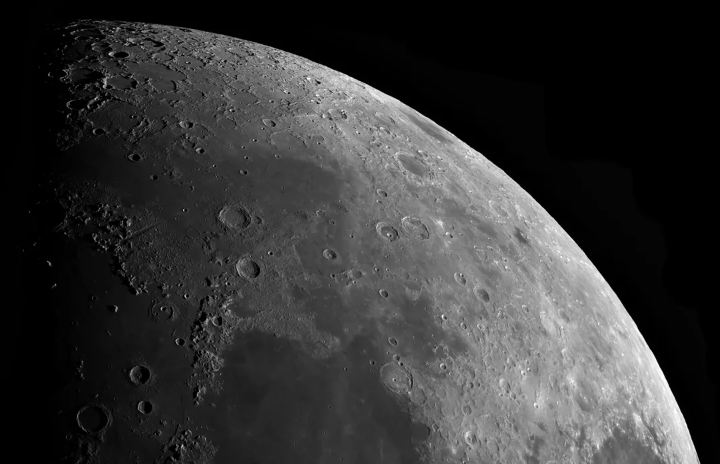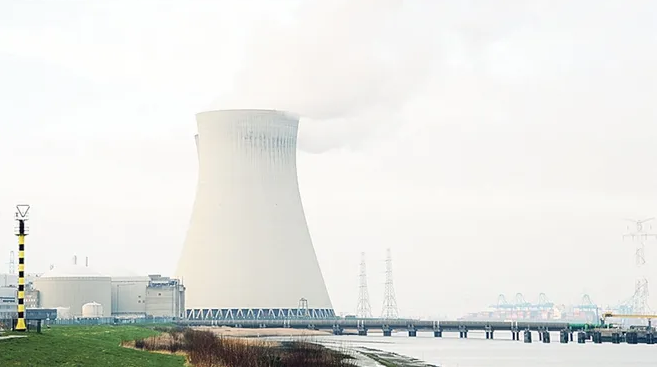The world has been talking about the first ‘fully successful’ nuclear fusion test for days, ‘This will go down in the history books’, but how does it benefit us?
An experiment conducted by the Lawrence Livermore National Laboratory in Northern California has demonstrated that nuclear fusion can be a ‘viable’ option for electricity generation. The experiment, which used 192 lasers, marked the first time that fusion research has reached the point known as “fusion ignition”.
United States Secretary of Energy Jennifer M. Granholm called the experiment and its outcome “a milestone in fusion research that will go down in the history books.”
Why history books?
Although it is unlikely that you will be able to light your home with fusion energy in the coming decades, history will indeed record this event as a turning point, Mashable reports. Here’s what the history books might say in the future: On December 5, 2022, the Lawrence Livermore team pointed a bunch of lasers at a bunch of hydrogen atoms, pulled the trigger, and for a very short time the atoms turned into plasma that produced a fusion reaction. While the lasers used 2.05 megajoules of energy, the reaction heated the atoms to millions of degrees Celsius. In this environment, similar to the heat of the sun, the atoms fused into helium, and in this experiment the fusion produced 3.15 megajoules of energy.
In other words, this fusion reaction was able to produce 1.5 times more energy than lasers can fire.
How can we make it simpler?
You can think of previous fusion experiments as matches being rubbed against a strip of phosphorus on the side of a matchbox. In those experiments, only sparks were produced, but with this experiment, for the first time, scientists were able to actually ignite a match. But this fire is still a long way from being enough to light the tip of the candle and illuminate other things.
Why fusion and not fission?
Simply put, fission is the splitting of an atom in two. Fission is the basic principle of atomic bombs or nuclear power plants. Fusion is when two lighter atoms combine to form a heavier atom. Fission and fusion are therefore opposite processes that are very different from each other.
Fusion reactions occur naturally in the Sun at every moment. Fusion produces binding energy. However, this is very difficult to control because the nuclei carry a positive (+) electric charge and, as you may remember from physics lessons and magnets, they repel each other very violently when they are brought close to each other. In order to make them fuse, a force must be used that can overcome the repulsion between them. Gravity and pressure on the Sun provide this.
Advantages
The advantages of fusion over fission are that it produces abundant fuel where it is efficient; it is intrinsically safe, with no chain reactions and no radiation; it produces no CO2 or atmospheric pollutants; and its waste is relatively short-lived. Fusion is therefore seen as clean energy.
Scientists have been conducting similar experiments for almost 100 years, ever since the British physicist Arthur Eddington published his paper “The Internal Structure of Stars” in 1926. Researchers have been “fusing” atoms for decades. It is even possible to build a fusion reactor in your garage. Of course, it would probably be healthier not to do that.
The challenge is to fuse atoms with sufficient efficiency that they can be a source of energy, rather than a huge waste of energy. And that challenge is still not fully overcome.
Will it save the world?
Fusion may be the king of all clean energy sources by the end of this century. But the development of fusion energy does not look like a realistic solution to the climate crisis. Lawrence Livermore’s latest fusion reaction experiment resulted in an energy gain in itself, but what it did not do was generate enough energy for the facility to repeat the experiment and become a self-sustaining engine that could power the energy grid.
It’s not a dark secret. Using round numbers, Kim Budil, director of Lawrence Livermore National Laboratory, explains this part of Tuesday’s experiment: “The laser needs to draw 300 megajoules of energy from the wall, so we were able to generate two megajoules of laser energy and get three megajoules of yield from fusion. Our calculations show that a laser system with hundreds of megajoules of yield is possible. In other words, we have a path to the goal of producing enough efficiency, but we are far away from it now.”
With these figures, it’s disappointing that the efficiency of the system is less than one percent, especially considering that this is the biggest revolution in fusion of all time. But there are other methods than using 192 lasers, and they may be better for generating grid energy. For example, one reliable method uses a magnetic field to trap millions of degrees of hot fuel, rather than shooting a laser at it and destroying it. There were similar breakthroughs in experiments like this in the early 1990s, but none made headlines like today’s actual ignition.
How far away are we?
However, this ignition success, coming in the same year as a doubling of private sector funding for nuclear fusion as an energy source, could change the definition of fusion in many people’s minds. Fusion keeps coming up in discussions on energy security, brought to the fore by the war in Ukraine. With Russia’s control over oil and gas making it difficult for Europe to produce enough energy to heat itself in winter, and the war between Ukraine and Russia raging near more dangerous nuclear fission plants, the prospect of an abundant and relatively secure energy source is welcome.
There has always been the cliché about fusion that it is only 30 years away. Now we need to find a new joke, because now knowing that fusion is really coming makes this process joke obsolete. But in the meantime, it would be wise to build powerful wind power plants and not sell your solar panels.

